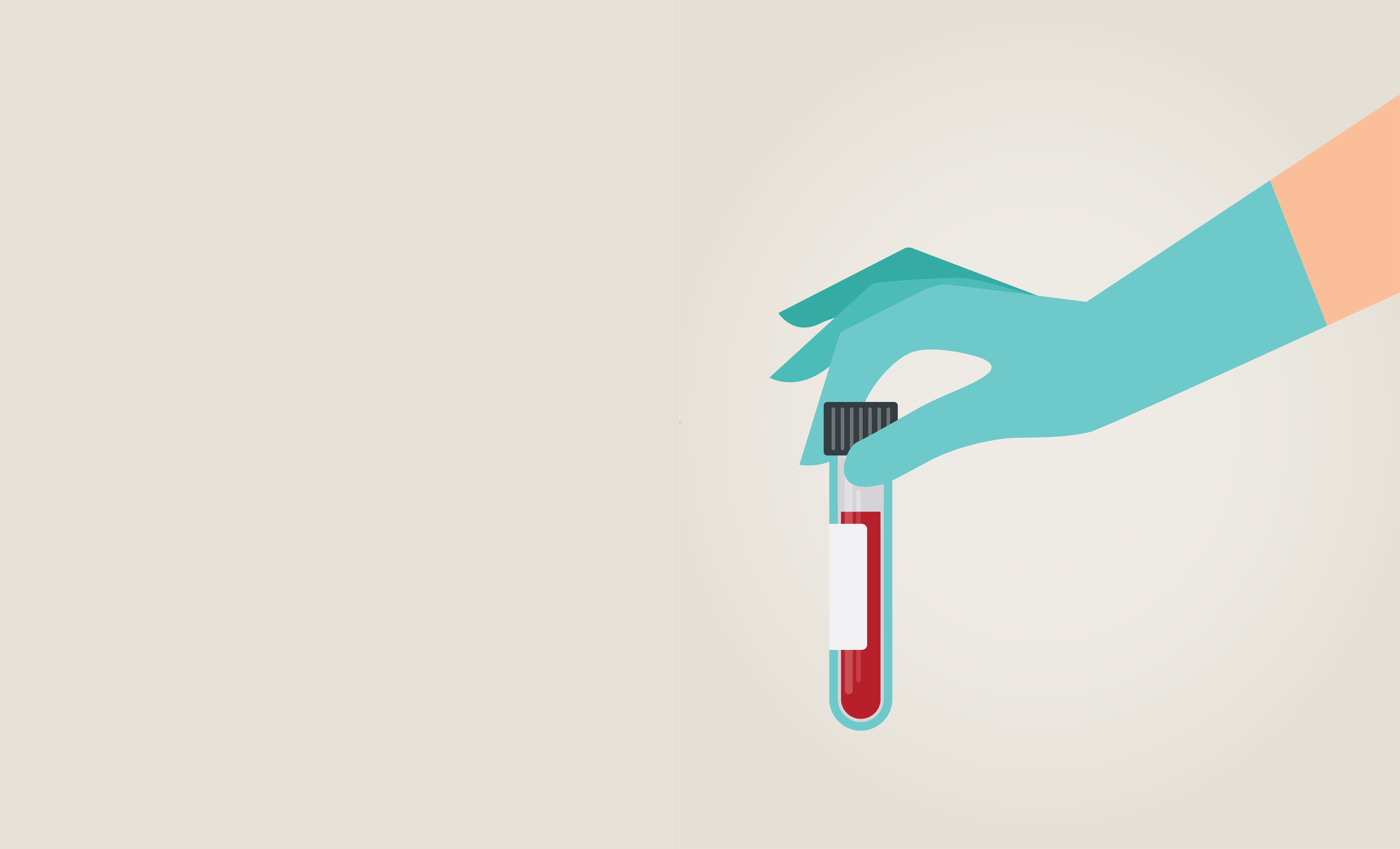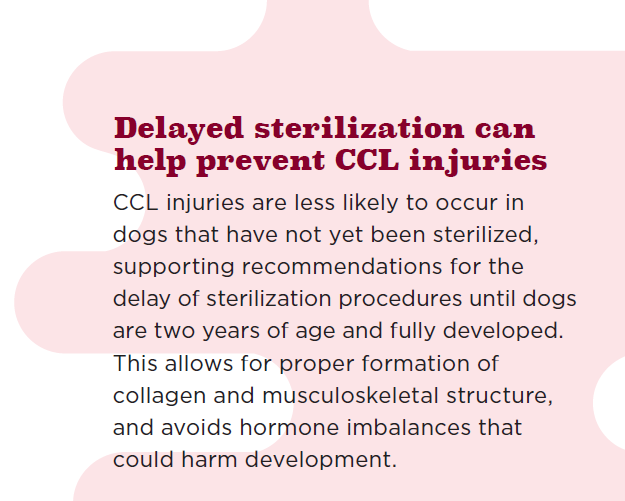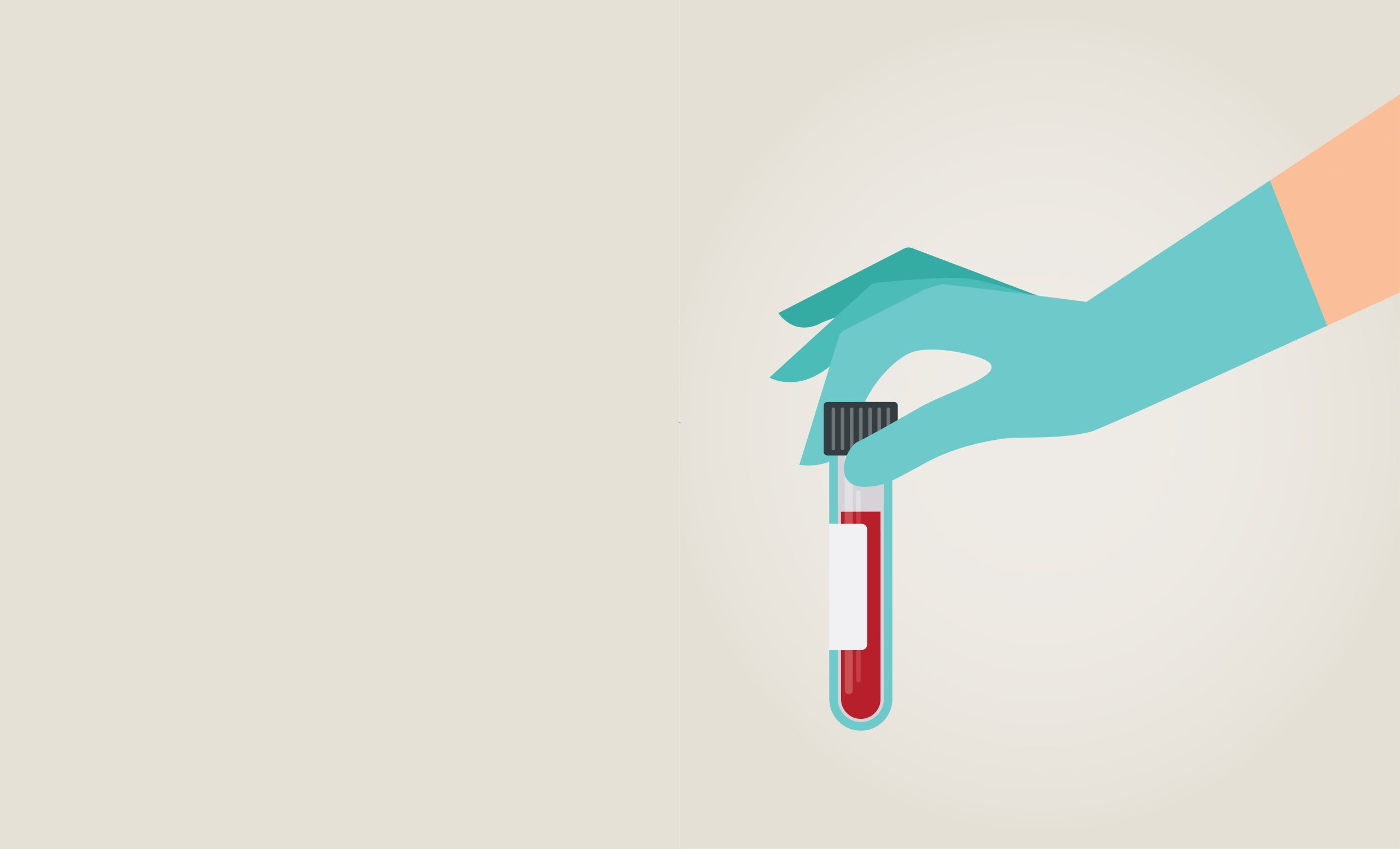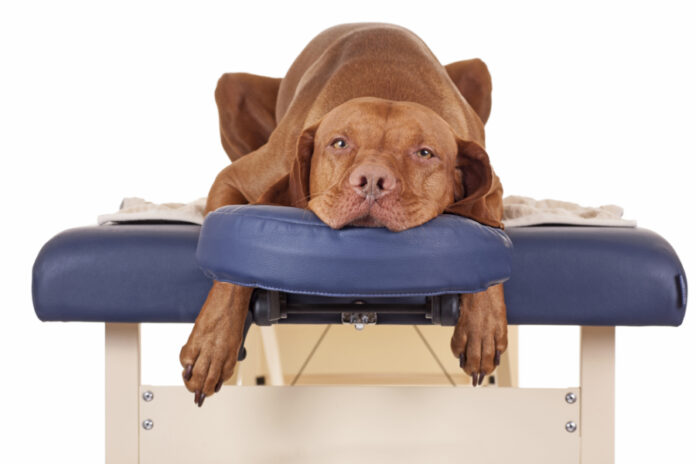How PRP helps treat cranial cruciate ligament injuries in dogs

Cruciate ligament injuries are common in our canine companions. Modified platelet rich plasma (PRP) assists with recovery by stimulating the repair of soft tissues and joints, and using the body’s innate ability to self-heal.
Ruptured cruciate ligaments are among the most common injuries in dogs. Caused by chronic inflammation and the highly active lifestyles of many dogs, these hind leg tears hinder daily mobility while also creating stress on the rest of the body. A therapy called PRP (modified platelet rich plasma) is being successfully incorporated by integrative veterinarians into the treatment protocol for CCL injuries.
Cruciate ligament injuries explained
Within the dog’s knee are two cruciate ligaments that cross the joint – the cranial cruciate and the caudal cruciate. These ligaments help stabilize the knee joint and keep the dog’s tibia (lower leg bone) in its correct position beneath the femur. When a cruciate (CCL) tear or rupture occurs, the knee joint is destabilized and the tibia is no longer in the right place in relation to the femur. This causes varying degrees of pain and lameness.
Within the dog’s knee are two cruciate ligaments that cross the joint – the cranial cruciate and the caudal cruciate.
With an approach that includes a healthy diet, exercise program, and specific bioregulatory medicine – including PRP – the dog’s knee can be strengthened, and further injury can be prevented.
What is bioregulatory medicine?
The body is full of complex biological processes that need consistent attendance in order to stay in a healthy and homeostatic state. The main idea behind bioregulatory medicine is using therapeutics and natural healing processes to regulate these biological processes during imbalances, without having to resort to conventional pharmaceutical medicines.
 The difference between conventional and bioregulatory medicine is that the conventional route aims to reduce symptoms and minimize inflammation through anti-inflammatories. This becomes problematic when viewing inflammation as a key critical response of the immune system when it is trying to fix and treat the problem at hand. In contrast, bioregulatory medicine helps the body heal itself through re-establishing normal feedback systems and stimulating healing processes.
The difference between conventional and bioregulatory medicine is that the conventional route aims to reduce symptoms and minimize inflammation through anti-inflammatories. This becomes problematic when viewing inflammation as a key critical response of the immune system when it is trying to fix and treat the problem at hand. In contrast, bioregulatory medicine helps the body heal itself through re-establishing normal feedback systems and stimulating healing processes.
As integrative veterinary medicine becomes better known, it is important to understand that animals can live a long and full life, with quick recoveries, by promoting immune responses such as fever and inflammation rather than reducing such symptoms. It is important when treating dogs using PRP that they are not on any anti-inflammatory medications; these suppress the effects of PRP and the activation of the immune system response on the injury site.
How PRP is done
The first step in treating a dog with PRP is to draw a small quantity of his own blood into a vacutainer. The blood is then placed in a centrifuge. The centrifuge spins the blood, separating it into three different layers:
- The platelet-poor layer
- The buffy coat (which contains the platelets and white blood cells)
- The red blood cells.
The buffy coat is then obtained with the use of syringe and injected into the injury site. The high concentration of platelets becomes activated upon contact with the collagen and other substances at the injection site.
The high concentration of platelets becomes activated upon contact with the collagen and other substances at the injection site.
 Benefits of PRP
Benefits of PRP
PRP has proven very successful in different areas of human rehabilitation. A study using PRP for arthroscopic repair of large or massive rotator cuff tears found that the re-tear rate of the PRP group versus the conventional method group was 35.6% lower (20% in the PRP group versus 55.6% in the conventional group). It was found to significantly improve structural outcomes for human patients with large to massive rotator cuff tears.
Many positive effects have also been observed with using PRP as a treatment for tendon and ligament healing. After conducting a study on PRP versus autologous whole blood for the treatment of chronic lateral elbow epicondylitis in humans, researchers demonstrated that through the action of PRP it may be possible to initially inhibit excess inflammation while stimulating proliferation and maturation. This is especially important in preventing the fibrous scar tissue healing that occurs with macrophage-mediated tendon-to-tendon healing.
PRP has also been found to successfully reduce pain in patellar tendon donors. In a randomized controlled trial, researchers concluded that the use of PRP in the patellar tendon harvest site reduced donor site morbidity after ACL reconstruction. More important, results showed that the patellar tendon harvest site non-regenerated area (gap area) in the PRP group patients was only 4.9 mm, versus 9.4 mm in the control group patients — a significant difference that indicates that PRP enhances tendon healing.
PRP is an all-natural process that stimulates the repair of soft tissues and joints without the use of foreign chemicals. This technique uses solely the dog’s (or human’s) own blood, eliminating the risk of rejection or negative side effects. PRP is one step closer to stem cell therapy and uses the body’s own programming for self-healing on an amplified scale. This effective non-invasive procedure is being successfully implemented by integrative veterinary medicine for CCL injuries in dogs.





